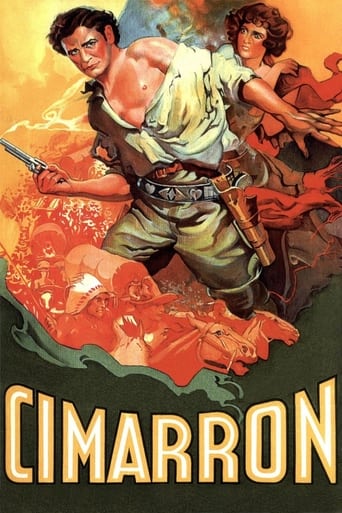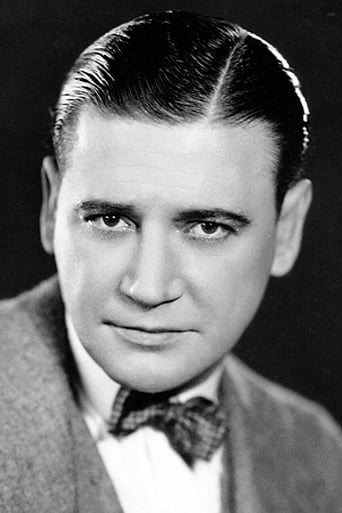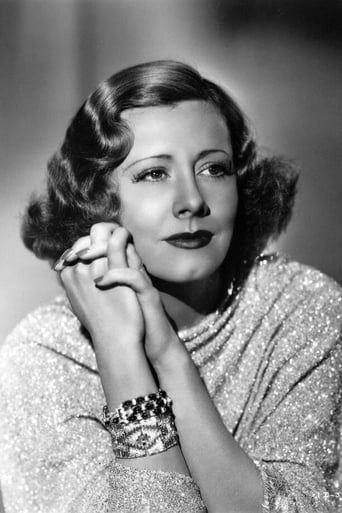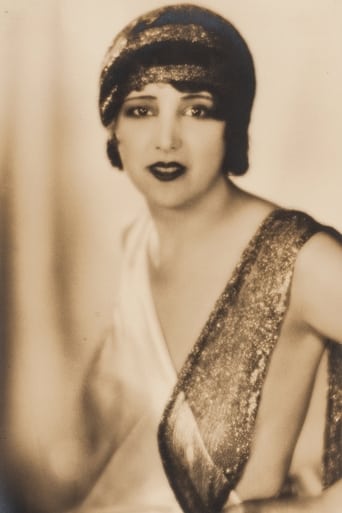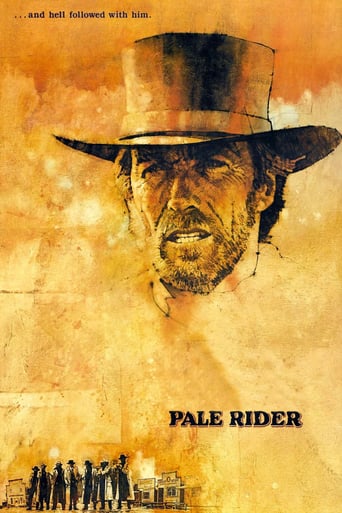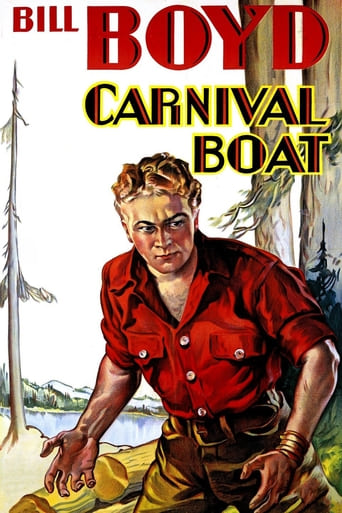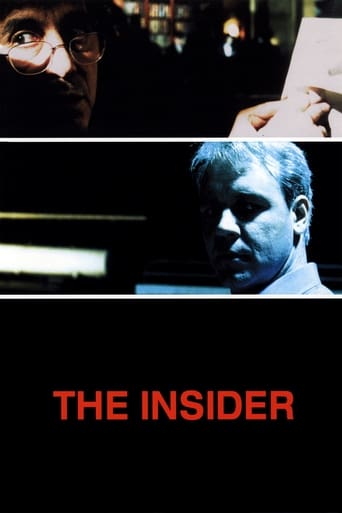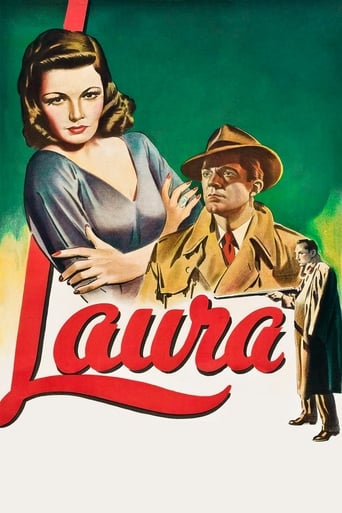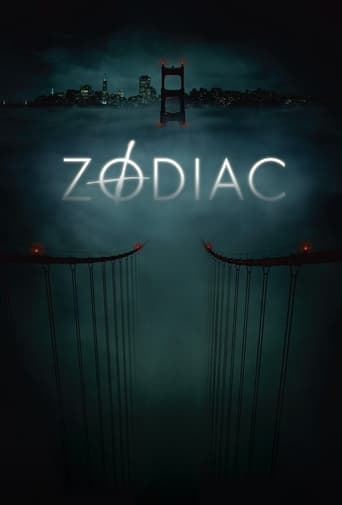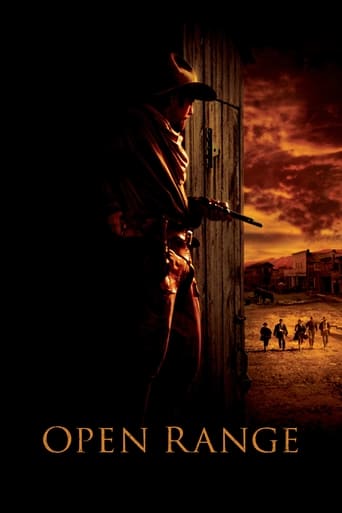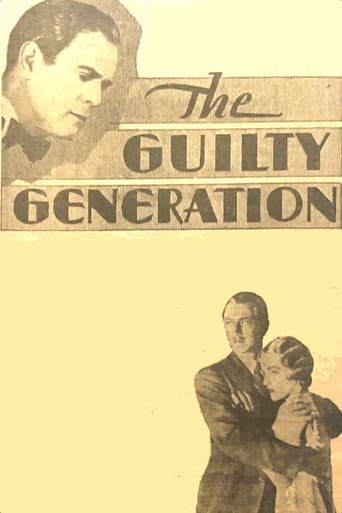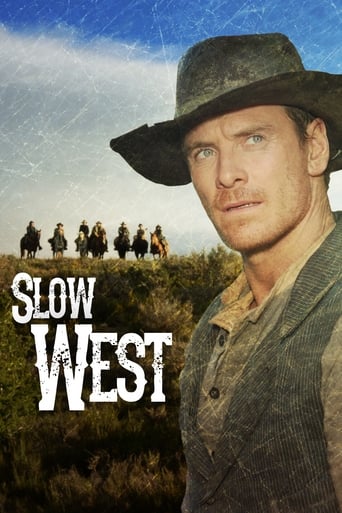Cimarron (1931)
When the government opens up the Oklahoma territory for settlement, restless Yancey Cravat claims a plot of the free land for himself and moves his family there from Wichita. A newspaperman, lawyer, and just about everything else, Cravat soon becomes a leading citizen of the boom town of Osage. Once the town is established, however, he begins to feel confined once again, and heads for the Cherokee Strip, leaving his family behind. During this and other absences, his wife Sabra must learn to take care of herself and soon becomes prominent in her own right.
Watch Trailer
Cast


Similar titles
Reviews
"A nation rising to greatness through the work of men and women... new country opening... raw land blossoming... crude towns growing into cities... territories becoming rich states...."In 1889, President Harrison opened the vast Indian Oklahoma Lands for white settlement... 2,000,000 acres free for the taking, poor and rich pouring in, swarming the border, waiting for the starting gun at noon, April 22nd..." And herein begins the worst Best Picture Winner in history. I completely lost interest in this film less than ten minutes in. Yes, after the one and only scene that in and of itself had true merit: The 1889 Oklahoma Land Rush, a historically accurate event which would be best described as a free-for-all mad rush. Unclaimed land at various finish lines... Ready, Set, Go! Anyway, from there it went... Well, not exactly nowhere. More like a multigenerational family saga or an epic with missing chapters, Cimarron was an onerous endeavor! Yancey Cravat (Richard Dix) is a newspaper magnate, or a lawyer, or both. He is the hero of our story, but most definitively does not act like one. I do not think, even in 1931, that is was perfectly acceptable for a man with a wife and children to, on a whim, disappear to chase another Pot of Gold at the end of a rainbow he has not even located yet. The film does not give a definitive time frame, but, he is gone for a time period of years, and then, when he feels like it, reappears as if he hasn't done anything wrong, like nothing has changed, like he has not abandoned his entire family; left his wife to raise their children. Aside from whether or not I agree with our "hero", transitions between time periods are confusing at best. Certain important events are only explained in retrospect, while others are completely ignored, leaving the viewer perplexed. No, the suspension of disbelief would not be enough to solve this films' disjointed array of loosely connected scenes. Another concern I had with "Cimarron" was its shameless discrimination and racism. Yes, the times were different. But I also do not see any other films from its time period with the same level of audacity. Sabra (Irene Dunne) is the dutiful and respectful, but opinionated and passionate wife who, in her husband's years long absences, becomes a formidable political force. Her role is one of the only redeeming qualities in the film. Along with her performance, there are a few humorous scenes involving minor characters. At times, dessert terrain and impressive landscapes make for a nice backdrop. Other than that, I found myself having little clue as to why something was happening, what the characters' motivations were, how A became B but suddenly appeared as C, where in the trajectory of the film's timeline was a scene taking place, how this film was such a success in ever way when it first came out. As if this was not enough, I have learned that Cimarron is one of only two films in history to be nominated in every eligible category, and the only one of which went on to attain the title of Best Picture. By the end of the film, when Sabra (by chance, yet they are still married!) finds a dying husband in her arms following a nitroglycerin accident, I am ever so relieved that the story, if you could call it that, has finally decided to come to an end.
It's sometimes been claimed that there were no Westerns in the early sound era. This is of course nonsense, as anyone who has seen The Big Trail with John Wayne or The Virginian with Gary Cooper will know. It's been said, that with the technology in its infancy, the location shooting necessary for Westerns became impossible. In fact, it was the depression and the resulting lack of funds that really put the kibosh on the genre for most of the 1930s. But in 1931 the worst of the poverty hadn't quite set in yet, and RKO studios were just about foolhardy enough, to pour everything into one last big outdoor picture: Cimarron.Adapted from an Edna Ferber novel, Cimarron can only really be called a Western on technical grounds of its setting. In truth, with its sprawling time frame and its focus on the exploits of a pioneer family, it is more in the line of a dramatic saga that merely happens to take place in the Old West. Like most of Ferber's work it presents the American South as a strange, almost foreign land, although the movie fails to get across that sense of otherness as well as the 1956 motion picture of Ferber's Giant. It's a fair adaptation though, presenting some good individual scenes, although structurally it has some weaknesses, with the final half-hour seeming especially rushed and haphazard. Yancey Cravat's decision to take off wandering again is explained with a cold couple of lines on a title card, when actually showing it happen would have meant so much more.Director Wesley Ruggles mostly worked in the comedy genre, but he proves himself capable at handling an epic, it seems taking his cues from the unquestionable master of the big picture Cecil B. DeMille. Like DeMille he humanizes the crowds by picking out individuals, allowing them their two seconds before the camera, and no doubt directing them on a personal level too. Sometimes however he allows all the background business to take over, with the continual bustle of extras – which could be easily hidden with a careful angle change – often creating a distraction from the dramatic moments. Perhaps Ruggles's greatest asset here, again something very reminiscent of DeMille, is his iconic, almost theatrical staging of key moments, particularly a handful of drawn-out death moments. They are unrealistic, for sure, but they are grand and memorable, having a similar impact to the slow-motion falls in Sam Peckinpah's movies four decades later.This was a transitional time for screen acting as performers from both the theatre and the silents were trying to adapt to sound cinema. Richard Dix has a voice the size of an oil drum with a physique to match, and the magnitude of his performance is both its chief appeal and its undoing. He is perfect when he's showing Yancey Cravat to be a great orator, but the trouble is in a scene where he's talking tenderly to his family, he still sounds like he's making a speech. Irene Dunne on the other hand is a real treat for this era, a model of realist restraint and emotional truth, although sadly her performance tends to get dwarfed next to Dix. There are a handful of neat supporting players. Estelle Taylor is another low-key, naturalistic actress. Edna May Oliver gives a nuanced comical turn which is great fun to watch. George E. Stone is very good too - watch his nervous stroking of his mule's muzzle as the town hoodlums taunt him. The only really annoying performance is that of Roscoe Ates, whose stutter simply isn't funny.Cimarron is best remembered now as an early Best Picture Academy Award winner. "Big" pictures have always proved disproportionately likely to win the award, and this is one of many such movies to be later written off as overrated and poorly-aged. There's no denying Cimarron's a product of its time*, but it is by no means a bad movie. Hollywood at the dawn of the talkies had a very unique style, certainly flawed but also full of charm, character and a determination to make movies in spite of technical limitations. From an era dominated by musical comedies and stagy dramas, Cimarron if nothing else gives us a glimpse of how the talkies could do epics.*Although in some ways it is a little ahead of its time. Most discourse on "pre-code" movies focuses on sex and nudity, but Cimarron features a few more subtle transgressions. When Dix shoots William Collier, we see both the gun being fired and the man being hit in the same shot. While the Production Code didn't expressly forbid this type of set-up, it was generally considered too graphic according to the section on violence, and in movies right up until the late 1960s you will see a cut between shots of shooters and shootees.
In a year that saw the release of "City Lights," "Little Caesar," and "The Blue Angel," "Cimarron" was surely the oddest choice to win the Academy Award for Best Picture, but win it did, although the award failed to translate into big bucks at the box office. At over two hours, the movie is both long (for its era) and strangely sluggish given its action-packed western setting. Adapted from the novel by Edna Ferber, "Cimarron" is interesting primarily for the celluloid collision of two schools of cinematic acting. The first, exemplified by Richard Dix playing two-fisted, editor-pioneer Yancey Cravat, is the school of silent-film histrionics; the second, is the more naturalistic school of screen acting which found in Irene Dunne (playing Dix's loyal wife, Sabra) one of its more sensitive and enduring interpreters. The two styles don't mix well. Dix is all ham and bluster; shaking his fists, gesturing like a road-company actor playing Julius Caesar, casting his eyes up to heaven and ringing the bells loudly on every emotional change his character undergoes. Dunne, by contrast, engages in a quieter duet with the camera; one that allows her character to develop slowly over the course of the movie. The disparity between the two styles is unsettling; the viewer is left with the impression of having seen the same movie through two different sets of lenses. The fact that "Cimarron" is both incredibly dated and blatantly racist doesn't help much, either.All that said, however, the movie's still worth watching, if only as an example of an early Hollywood blockbuster epic. The opening "land rush" sequence (with a cast of thousands) is compelling and cinematically sophisticated, even by today's standards. And there are several worthwhile cameo turns including one by Edna May Oliver, who manages to steal every scene she's in.
This film is a landmark of the early talkie cinema. A real epic based on Edna Ferber's dynamite novel, this film still looks modern today. Forget what you thought about static camera work and studio-bound sets. "Cimarron" starts out with it's famous Oklahoma land rush scene which, given the constraints of a narrow screen, black and white production is breathtaking and sprawling to see. Likewise, the shots depicting the growth of a frontier town has all the genuine look of the real thing. The acting of Richard Dix, as Yancy Cravat has been criticized by some as "melodramatic" and "overripe", but he was playing a larger than life character as being such, and he comes across well. Irene Dunne, who made her dramatic debut as Sabra Cravat, is convincing and sympathetic. One of the things I like about this movie is that the characters are neither all-good nor all-evil. There are human flaws in all of them which make them, well, more human. This in itself was a novelty in 1931, when talking pictures were themselves still a novelty. It would be easy to dismiss the character of Isaiah as a typical stereotyped black character, but although he supplys "comedy relief" early in the film, his action later on gives his portrayal a profound depth never seen in these old films. Likewise, the portrayal of the American Indian is given a dignity throughout the production. This is, technically, a Western, and yet it is truly so much more.

